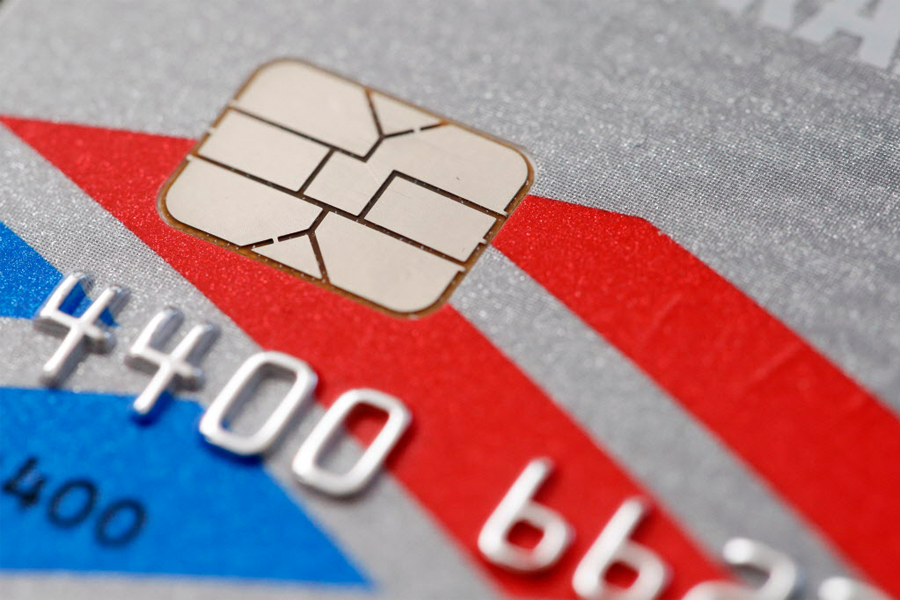How to identify and fix a bad credit score
Loading...
When talking about FICO scores and VantageScores, the most commonly used credit measures, the typical dividing line between fair credit and bad credit is 630.
Though individual lenders can draw their lines in different places, here’s how the categories generally fall:
- 720 and above: Excellent credit
- 690-719: Good credit
- 630-689: Fair credit
- 300-629: Bad credit
According to latest figures from Fair Isaac Corp., which produces FICO scores, about 22% of Americans scored under 600 as of April 2015.
But credit is really just a tool, and what makes a score “bad” depends on what you want it to accomplish for you.
If you had a low credit score and but worked hard to get it high enough to lease a car, the number you see will represent victory. But if your goal was to get a mortgage at a low interest rate, an identical score might be a crushing disappointment.
So a bad credit score is simply one that stands between you and the credit approval you were hoping for.
What to expect with bad credit
If your credit score is in the low 600s or below, lenders will not fall all over themselves to attract you as a customer.
Many will reject you outright. Every lender makes its own decisions about the kinds of risks it is willing to take in extending credit. Some cater only to those with excellent credit, so even someone with a score of 695 could be rejected.
If a lender does agree to extend you credit, you’ll pay more in interest than someone who has a higher credit score. You won’t qualify for 0% interest credit cards, for example, or personal loans at single-digit interest rates. You’ll face subprime rates to finance a car or a house. You may also have to pay more for auto and home insurance, and you may be stuck paying utility deposits that people with higher credit scores get to skip.
Luckily, your credit scores are only a snapshot based on your credit report at that moment. They change, and frequently.
You can improve your credit score
It usually takes a lot longer to turn a bad score into a good one than it does to ruin a good score, so it’s important to know where to focus your efforts.
By far the biggest factors are on-time payments and credit utilization. That means you need a track record — the longer, the better — of payments made by the due date and your credit card balances need to stay below 30% of your overall limit. (See “Raise Your Credit Score 100 Points.”) You shouldn’t expect to see great improvement in your score if your bills aren’t paid on time and your balances are near your credit limits.
There are credit products designed to help build your score. They don’t have the best terms, but they can be effective. With a secured credit card, you make an initial cash deposit, which becomes your credit limit. You then use the card like a regular credit card, being careful to pay your bill on time and keep your balance low.
Other options are credit-builder loans, where the loan amount is released to you after you pay off the loan; and loans secured by a deposit (often a certificate of deposit or your credit union share deposits). With both of these, the lender isn’t taking a real risk in lending to someone with a poor track record. Make sure your lender — typically a credit union or community bank — will report your payments to the three major credit-reporting agencies.
It takes about six months of on-time payments to make a difference in your credit score.
The bottom line
A lousy credit score doesn’t mean you’re a bad person — it might just mean you put some unexpected bills on a credit card and had trouble paying, or that you missed a car payment when you lost your job. But if your score isn’t high enough to give you access to the credit products you need or want, and at terms that seem reasonable to you, then it’s time to take action to turn your “bad” score into one that makes your life a little easier.
This article first appeared at NerdWallet.







